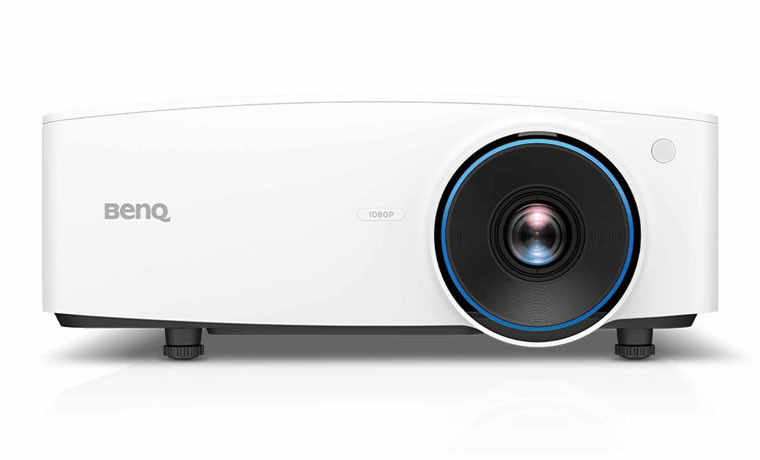
Laser Projection Vs. Lamp Projection
Never before has the concept of a home theater been so real and achievable. Like everything else, the HD projector technology has improved dramatically while relative prices have come way down. Incandescent lamps are used in nearly all projectors, but lasers are becoming more popular, especially as prices fall. Lamps are the oldest and most trusted light source in the projection world. Originating from carbon arc lamps used in movie houses, the principle technology graduated to the UHP (ultra-high pressure) model used in most modern projectors. These lamps output an abundance of green light, and that’s a good thing because green makes up the majority of RGB in video standards. When a lamp expires, it’s quick and easy to replace and the new lamp makes the projector’s image look “brand new.”
There are some downsides, however. It takes time for a lamp to heat up and show an image, plus, cooling fans make some noise as they work to prevent overheating. Over time, lamps do become progressively dimmer, and color characteristics shift over their lifespan. The red, green and blue proportions, so called “color balance” shifts with age, and eventually, the lamp will enter a “gray phase” of marginal performance where is it’s lost most of its brightness and color fidelity. It’s at this point the lamp should be replaced, and a laser projector will be the obvious consideration for a next step.
Laser projectors provide a wider range of colors, and sharper contrast between them than their lamp counterparts. When it comes to using a projector to display detailed visuals or video, you’ll find this laser light source benefit a helpful attribute as a wider palette will always look more impressive than its narrower counterpart. Laser projectors are a relatively new technology and like all new developments, they arrive at the top end of the market. In projector terms – this means high brightness. In many instances. Lasers provide some slick performance tricks countering lamp short comings. They are virtually instant on and off. They get warm, but not hot when producing light, so that fan noise is reduced. Laser color balance is stable with use and the range of colors called “color volume” can be greater than lamp sources. There is no loss of light with use.
The downside is that laser is new technology in home theaters, and this means a laser projector will cost more compared to the lamp models. While there is normally a single lamp in projectors, lasers have many individual laser “lightbulbs.” There can be as many as 24 and often 48 individual “bulbs” for output. Affordable laser projectors use blue lasers and a mechanical phosphor wheel to make necessary colors, while very high-end laser models use sets of red, green and blue laser diodes which can be very expensive. In both cases, if one diode should fail, it is usually not noticeable. In sum, the laser technology has several positive benefits, and prices on this technology will decrease as the technology proliferates.
